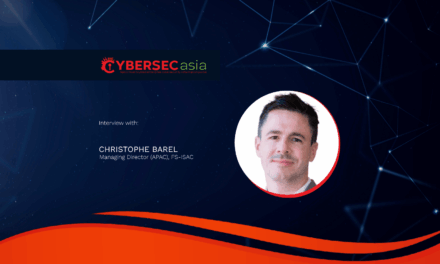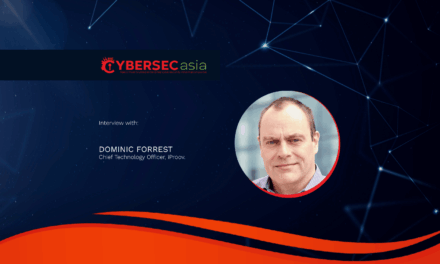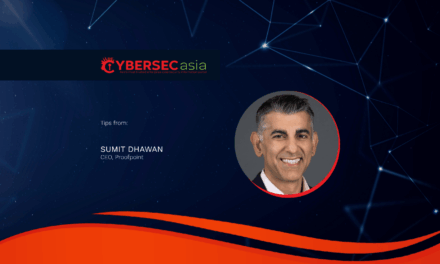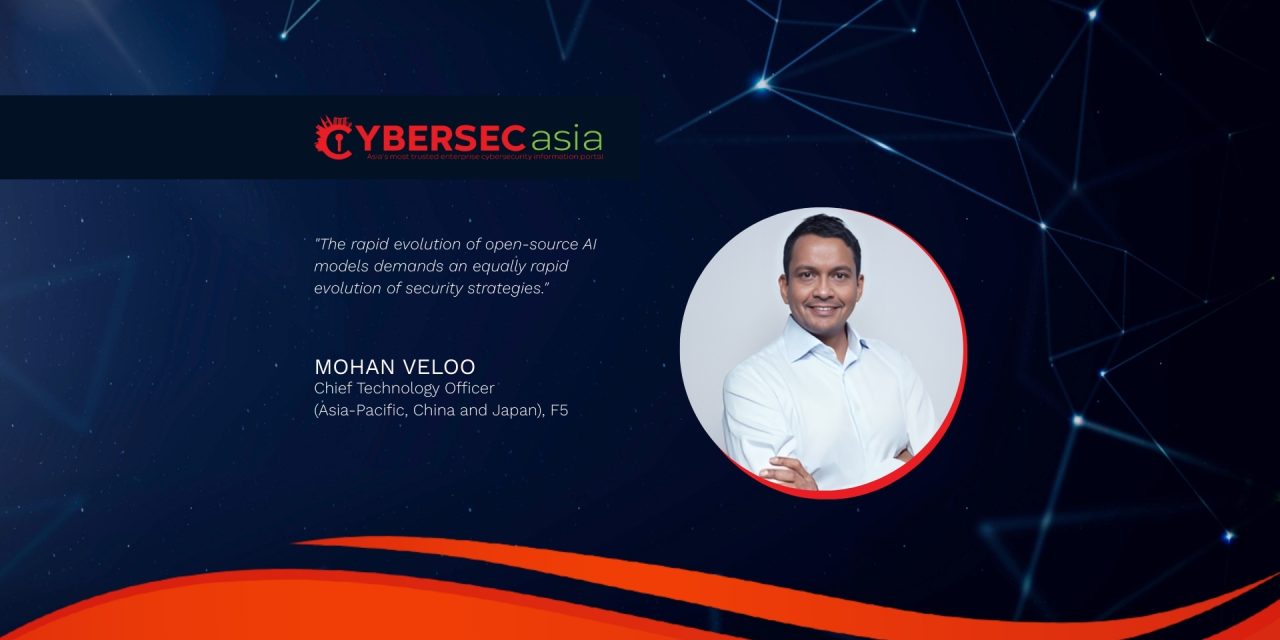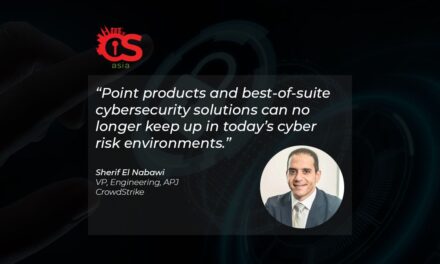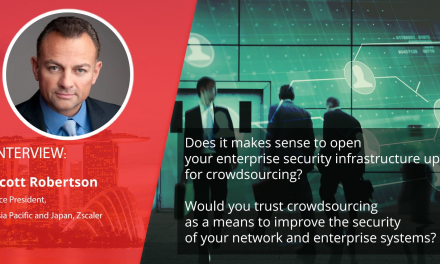When accessibility barriers fall, vulnerabilities emerge. Open-source AI models can be exploited by more people: a double-edged sword in the making
The rapid evolution of open-source AI models demands an equally rapid evolution of security strategies.
With the release of models such as DeepSeek-R1, Meta’s Llama, and Mistral’s Mixtral, AI capabilities once confined to big-budget tech giants are now accessible to virtually everyone. Startups, independent developers, academic researchers, and even students can now harness the potential of AI, driving innovation and significantly lowering barriers to entry.
Yet, the democratization of AI brings a critical challenge: ensuring security keeps pace with rapid adoption.
When barriers fall, vulnerabilities emerge. Open-source models can be modified, adapted, or exploited by anyone, increasing both innovation potential and security risks simultaneously.
The democratization paradox
AI democratization is reshaping industries, from healthcare and finance to education. Interestingly, increased efficiency often drives greater usage — a concept known as Jevons’ Paradox.
Lower costs and easier access encourage wider adoption, not less. Businesses across industries — from e-commerce to agriculture — are now rapidly integrating AI-driven analytics, chatbots, and predictive tools into their operations.
However, with wider usage comes increased security complexity. Organizations often adopt AI hastily, without thorough security assessments, opening doors for potential attackers. Two major security risks stand out prominently: Shadow AI and Model Poisoning:
- Shadow AI occurs when AI models are deployed within an organization without centralized oversight, creating significant security blind spots.
- Model Poisoning involves the subtle manipulation of AI models, potentially leading to biased or malicious outcomes.
These threats are not theoretical: they are increasingly evident. Recently, researchers had highlighted vulnerabilities in one open source AI model, demonstrating that attackers could exploit it to generate.
harmful or malicious code. Another study had found that AI-powered robots can be hacked to achieve bypassing of safety and ethical protocols — from causing collisions to detonating bombs — raising serious security and ethical concerns.
The key question becomes: How can we effectively secure open-source AI without stifling innovation?
Lessons from successful open-source platforms like Linux and Kubernetes illustrate the strength of community-driven security. Rigorous peer reviews, continuous updates, and a collaborative security culture ensure robust defense. AI security should embrace similar models: real-time monitoring, regular validation, and collaborative threat intelligence.
Cyber infrastructure must keep pace
AI models differ fundamentally from traditional software. They evolve continuously, creating risks of dynamic security threats such as adversarial attacks and unauthorized model extraction. Traditional cybersecurity infrastructure often falls short in anticipating these new risks.
Think of it like upgrading infrastructure for autonomous vehicles: existing roads were not built for self-driving cars navigating in real-time at scale. Similarly, traditional cybersecurity is not designed for dynamic, continuously learning AI models.
To address this, companies need adaptive security frameworks: proactively predicting and mitigating risks, rather than merely reacting. Organizations need to implement defense-in-depth strategies, embedding security measures at every AI lifecycle stage, from data collection to model deployment.
This approach ensures AI remains a source of innovation rather than vulnerability. The rapid evolution of open-source AI models demands an equally rapid evolution of security strategies. As AI democratization gains momentum, embedding robust security from the start is essential. Businesses must treat security not as an afterthought, but as integral to AI adoption, innovation, and deployment.
Organizations that proactively secure their AI infrastructure today will not just mitigate risks: they will lead the next wave of innovation securely and responsibly, setting new standards for trust in an AI-driven world.

